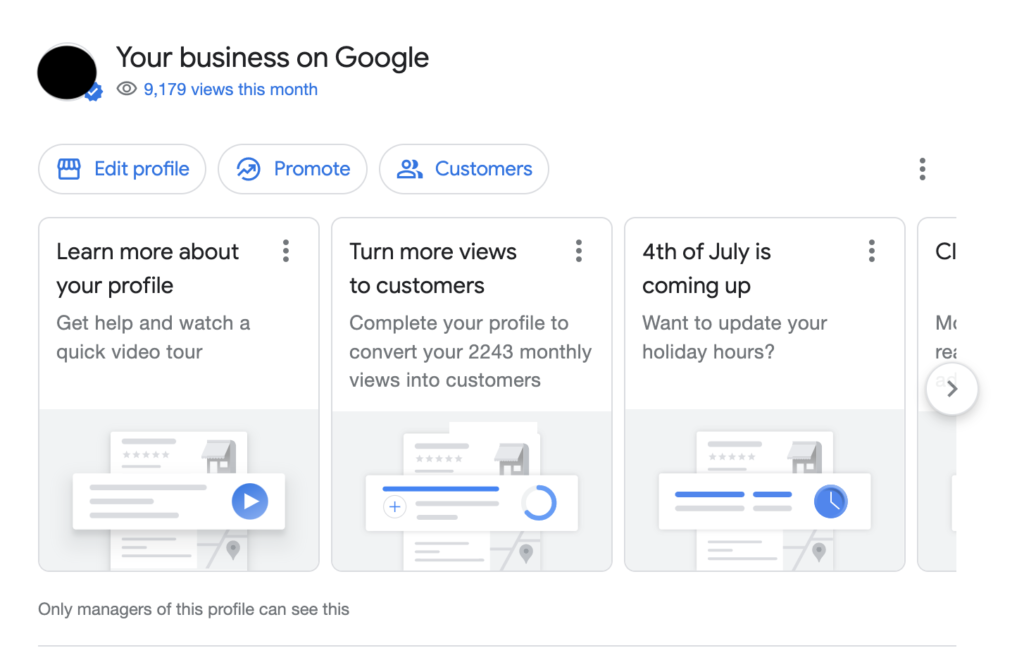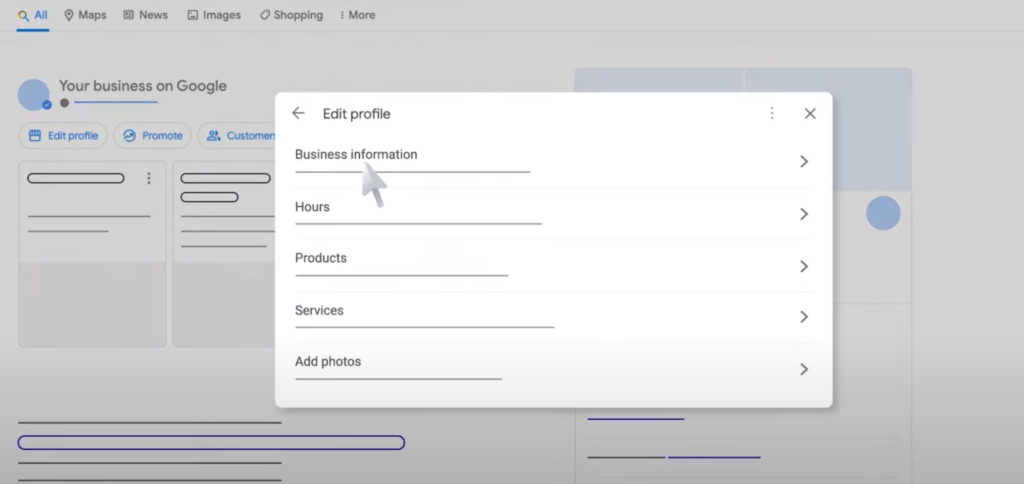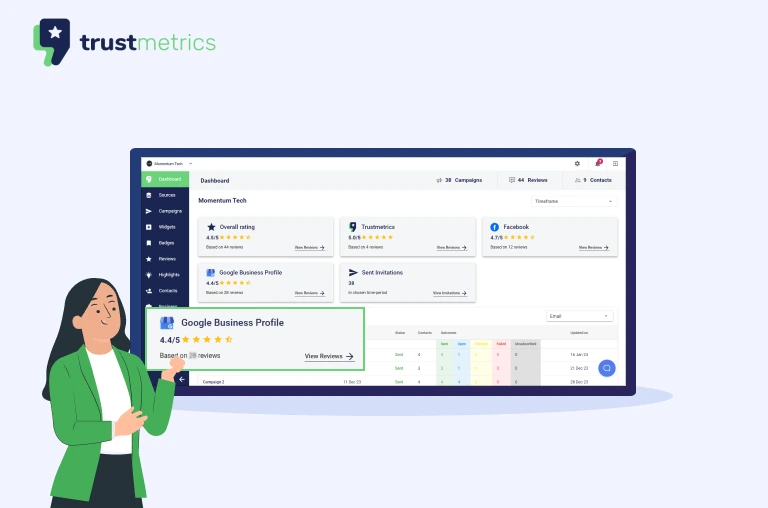Why the name change?
Frequent users of Google’s business tools may have noticed a significant change in 2022–– Google My Business rebranded as Google Business Profile.
This is far from the first time that the tool has changed its name. As Google’s local business tools grow in functionality and prominence, name changes reflect that shift. Before Google My Business, it was named Google Places and Google Local.
The transition to rebrand as “Google Business Profile” reflects that Google recognizes the importance of their listings for small businesses. Depending on a business’s industry, Google’s listing tools have arguably become more important than a company’s marketing website. 49% of local businesses will reach over 1,000 views on their listing each month, and businesses get an average of 59 actions per month from consumers. In addition to displaying critical business information, companies can use the platform to message customers, establish an online reputation with a reviews strategy, and manage multiple locations.
With 92.7% of the total search market, there’s no doubt that to do well in search, a Google Business page is crucial. Google Business Profile plays an essential role in Search Engine Optimization (SEO): without it, local businesses have little chance of ranking in the coveted Map Pack search ranking. A listing helps with link-building and provides a format for business information and link-building that consumers are already comfortable with.
How does this affect Google My Business users?
In short: not much. The name change reflects the increasing importance of Google listings for businesses, but the practical use of the tool will stay mostly the same.
The biggest, most impactful change came earlier this year when the Google My Business app was deleted from the Apple and Android store. Google wants to encourage users to use Google Maps and Search to update their single-location listings, rather than the app. The Google Business Profile manager desktop functionality will remain in use, upgraded to better support businesses with multiple locations.
New Features
On the flip side, Google Business Profile has recently released some valuable new tools for business owners. They provide better functionality as an “all-in-one” solution or substitute for traditional marketing websites.
Edit Google Business Profile directly within Google search
If you’ve already claimed your business listing on Google, you can now edit your business listing directly in Google Search. To do so, start by making sure you’re signed into the Gmail account associated with your business. Then, search for your business name or type “my business” into the Google search bar.
At the top of the page, a selection of options will appear to manage your Google Business Profile.

Click “Edit profile” to quickly change any essential business information visible to customers.

Messaging Inside of Desktop Dashboard
Times are changing, and 75% of consumers prefer private messaging with a business as opposed to phone calls. Business Messages help businesses collect real-time customer messages from a variety of entry points: Google Maps, Search, and more. Businesses can now synchronize and manage all their customer messages from a single place.
In Summary
This name change isn’t anything new. Google’s local tools have gone through many iterations and name changes since launch. This transition makes it clearer than ever that Google Business Profile Manager has become an essential feature for all physical businesses, whether they have an existing marketing website or not.


